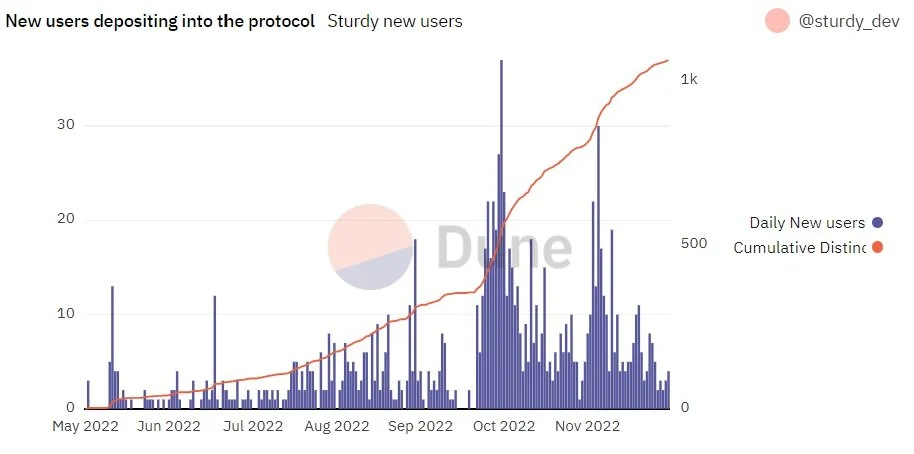“Once you are using money, you understand that money is just a promise, an IOU, and it becomes difficult to justify why it is treated as fundamentally different from any other sort of promise.”
I recently wrote about the appeal of interest-free borrowing in DeFi, as is particularly exemplified by Liquity Protocol in the highly competitive stablecoin space.
In further reflecting on this topic, I revisited a past interview with the late David Graeber in the Scapegoat Journal. Therein, when discussing the changes in merchant activity in the Middle East following the rise and spread of Islam, Graeber noted that “the abolition of interest itself allowed the creation of complex credit relations built on trust.”
The irony is that in one’s crypto journey, it is likely that you’ll come across the saying, “Don’t trust, verify.” This is because crypto itself, as originated with Bitcoin, is largely built on a premise of not requiring its participants to necessarily be directly familiar with each other to enable the seamless, peer to peer exchange of value. Yet with the advent of smart contracts on Ethereum, I would contend that there is an implicit element of trust at play in how DeFi protocols are developed and maintained, when considering the sheer number and extent of DeFi hacks that have taken place over the years.
Thus, it’s critical for DeFi projects to set high standards for both their own development as well as for the protocols they integrate with. With this point in mind, I recently learned of Sturdy Finance, and wanted to convey why I feel it’s a promising lending protocol that DeFi users should keep an eye on, and how it can potentially distinguish itself further from its competition by exploring possible integrations with Liquity Protocol and its expanding ecosystem as a similarly aligned DeFi project built on the idea of interest-free loans too.
Up and Coming
A recent interview of Sturdy Finance’s founder, Sam Forman, on the Blocmates podcast offers an introductory overview of the team’s motivations behind launching Sturdy and their future plans as they seek to further disrupt the DeFi lending space.
As noted during the discussion, Sturdy Finance debuted on Ethereum mainnet in March 2022. The project is currently the largest lending protocol built on Ethereum without a token, though it was subsequently announced that they will be release the STRDY token in 2023. As described by Sam, the team’s goal is for Sturdy to be the go-to place for DeFi yield farmers to get leverage, and the protocol enables this through a combination of offering lenders high-yield incentives and borrowers interest-free loans against their collateral, as further outlined here:
“What makes Sturdy different is that borrowers don’t pay interest; instead, Sturdy stakes their collateral and uses the staking yield to provide interest to lenders.”
Sturdy Finance has demonstrated an impressive growth trajectory this year despite the overarching bear market across crypto and other asset classes, with about $23M in total value locked and over 1,000 distinct users having deposited into the protocol:
Synergies Abound
When asked about Sturdy Finance’s philosophy regarding collaborations with other DeFi projects, its founder underscored in the Blocmates podcast interview that the team is highly conservative with who they pursue integrations with in order to mitigate exogenous smart contract risks.
In reflecting on this remark, I couldn’t help but consider how much of a mutually beneficial arrangement it would be for Sturdy Finance to integrate with Liquity Protocol. Aside from the similarity both projects have in terms of enabling zero interest borrowing in varying capacities, Liquity has among the highest safety ratings in DeFi, and its team continues to uphold an exemplary standard in terms of its development ethos that is committed to immutability, as reflected by its latest Chicken Bonds innovation.
For its lenders, it would thus be advantageous for Sturdy Finance to enable LUSD as a stablecoin in its interface. Similarly, for its borrowers, it would be beneficial for Sturdy to allow bLUSD and/or bLUSD’s Curve LP tokens to be used as collateral. This duality of optionality, if integrated, would essentially enable LUSD holders that may not necessarily be as actively engaged in the Chicken Bonds protocol to still benefit from its amplified yield by lending LUSD via Sturdy, while allowing bLUSD holders to further leverage their positions as collateral for even greater yield with Chicken Bonds via borrowing LUSD.
With the phenomenal growth Liquity’s Chicken Bonds has experienced since its October debut, now exceeding $70M in total value locked, it is an evident addressable market opportunity for Sturdy Finance to cater to ahead of other DeFi lending protocols:
Conclusion
In its recent blog post describing Sturdy 1.0, the Sturdy Finance team noted that they are “constantly on the prowl for sustainable, high-yield liquidity pools to integrate into Sturdy.” With the aforesaid alignment Liquity Protocol and its Chicken Bonds have with Sturdy, it is my personal view that both sides are two peas in a pod in terms of both their commitment to conservative development and advancements in interest-free borrowing.
As such, it would be opportune for these projects to explore potential synergies and further drive innovation in the DeFi lending space. Considering both the Liquity and Sturdy teams were supported by Pantera Capital in their early funding rounds as well, a common denominator is already clear. Lastly, as mentioned by Sturdy’s founder in the Blocmates interview, the project is exploring a future deployment on Arbitrum, which Liquity’s LUSD recently debuted on as well, thus further reinforcing the shared bonds and areas of potential overlap between both projects.

